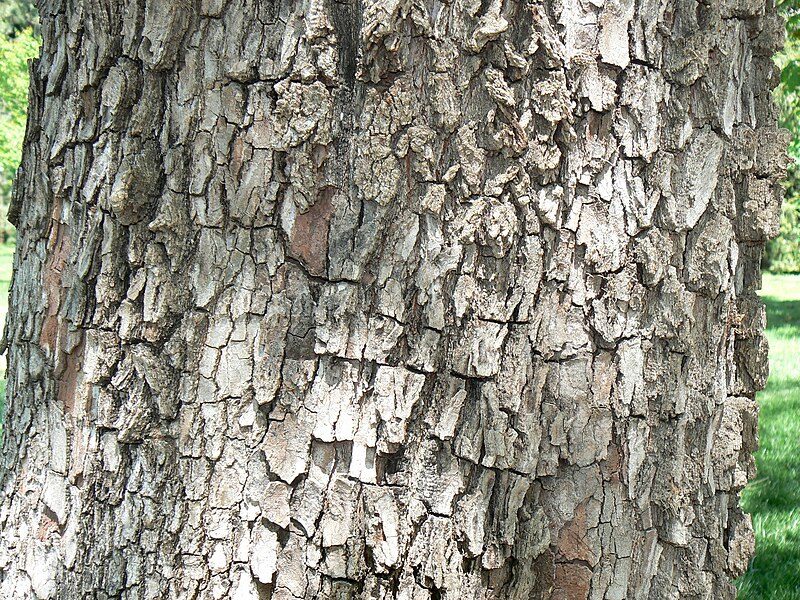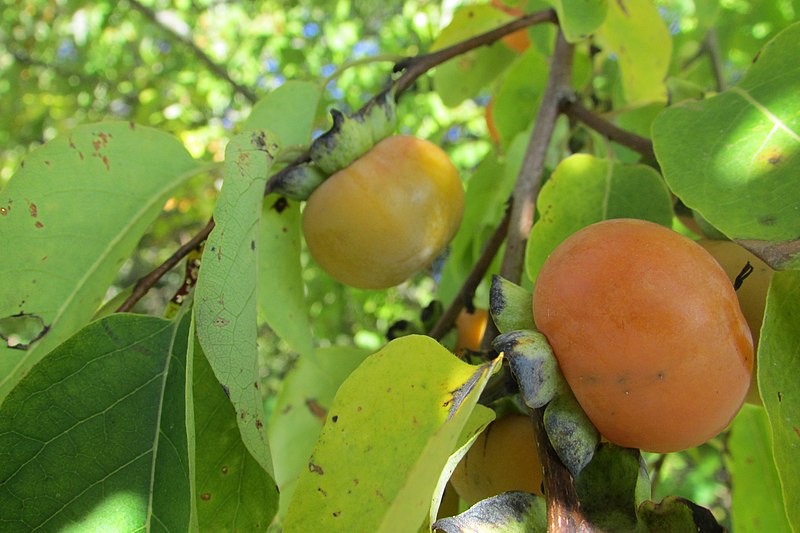American Persimmon Identification – Diospyros virginiana
Heads up
Deep in the forests and open areas of central and eastern North America grows a special tree – the American Persimmon, scientifically named Diospyros virginiana. A part of the Ebenaceae family, this tree holds a unique place in the natural world and has cultural significance too.
This tree isn’t just recognized for its beauty but also its uses. Historically, Native Americans used its fruit for both food and medicinal purposes. An indelible ink can be made from its fruit, and the flowers are a source for honey. The American Persimmon is valuable to wildlife. The fruits provide nourishment for a range of animals.
American Persimmon: Key Parts in Photos




How to identify American Persimmon
One of the primary ways to recognize the American Persimmon is its leaves. These leaves are generally oblong and have a tip that comes to a point. They are up to 6 inches in length. If you inspect the underside, you’ll find dark veins, and the leaves might be slightly hairy. These leaves are deciduous, they fall off in the colder months. In the fall, the leaves transform from a vibrant green to shades of yellow, orange, and even reddish-purple.
During winter, when the leaves have dropped, the American Persimmon’s bark becomes a key identifier. The dark grey bark has a distinctive pattern, split by furrows into what looks like a checkerboard. This texture often earns it the nickname “alligator bark.”
Come late spring, the tree blooms. These flowers are small, fragrant, and range in color from white to greenish-yellow. An interesting thing about Persimmons is that they are usually dioecious, which means male and female flowers are on separate trees. But some trees might have both kinds of flowers. The male flowers cluster in groups, while the female ones are solitary.
As summer winds down and fall approaches, the female trees sport yellowish to orange fruits. These round fruits are about 1 inches long and have a waxy exterior. However, don’t rush to taste it! These fruits are astringent when green, they’ll give your mouth an extremely dry feeling. But once they turn soft and ripe, they become sweet and are often used in jellies, syrups, pies, and even ice cream.
